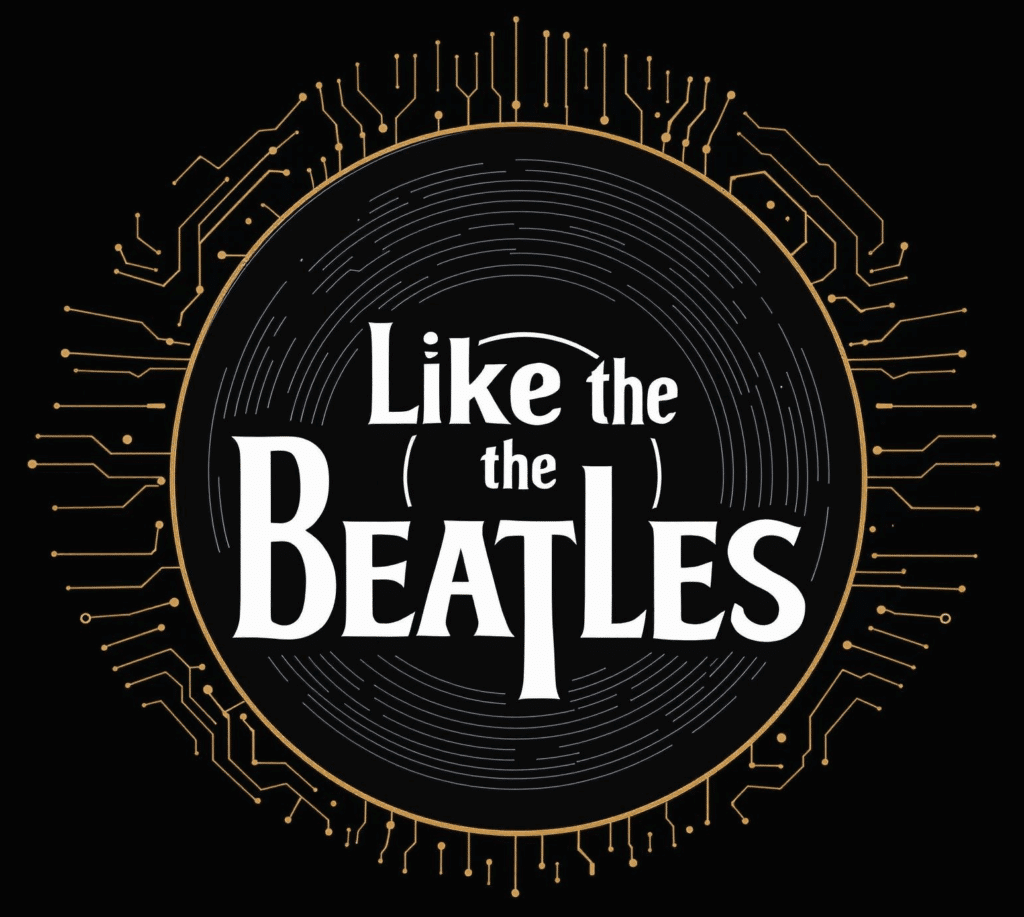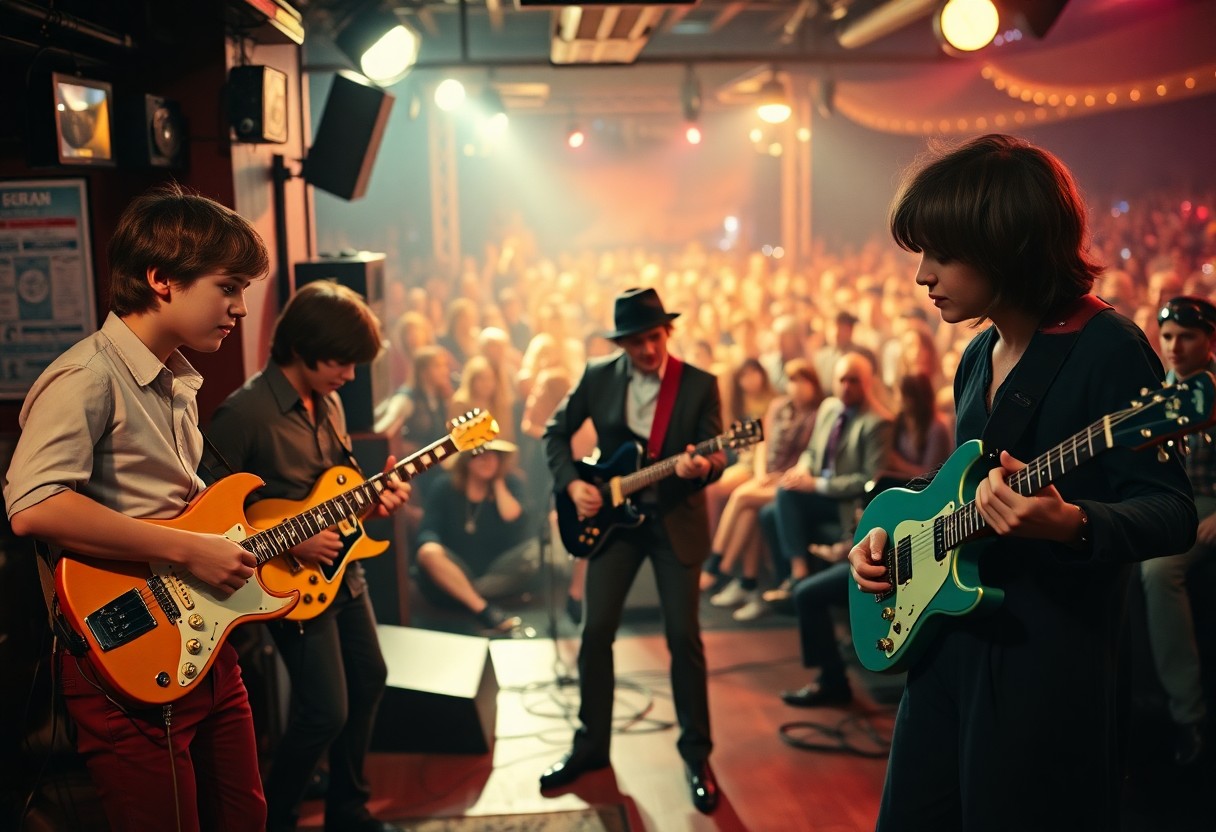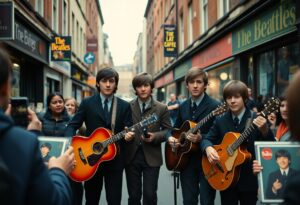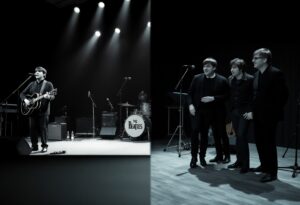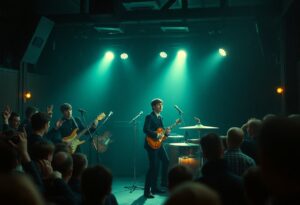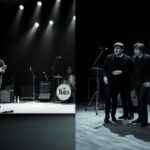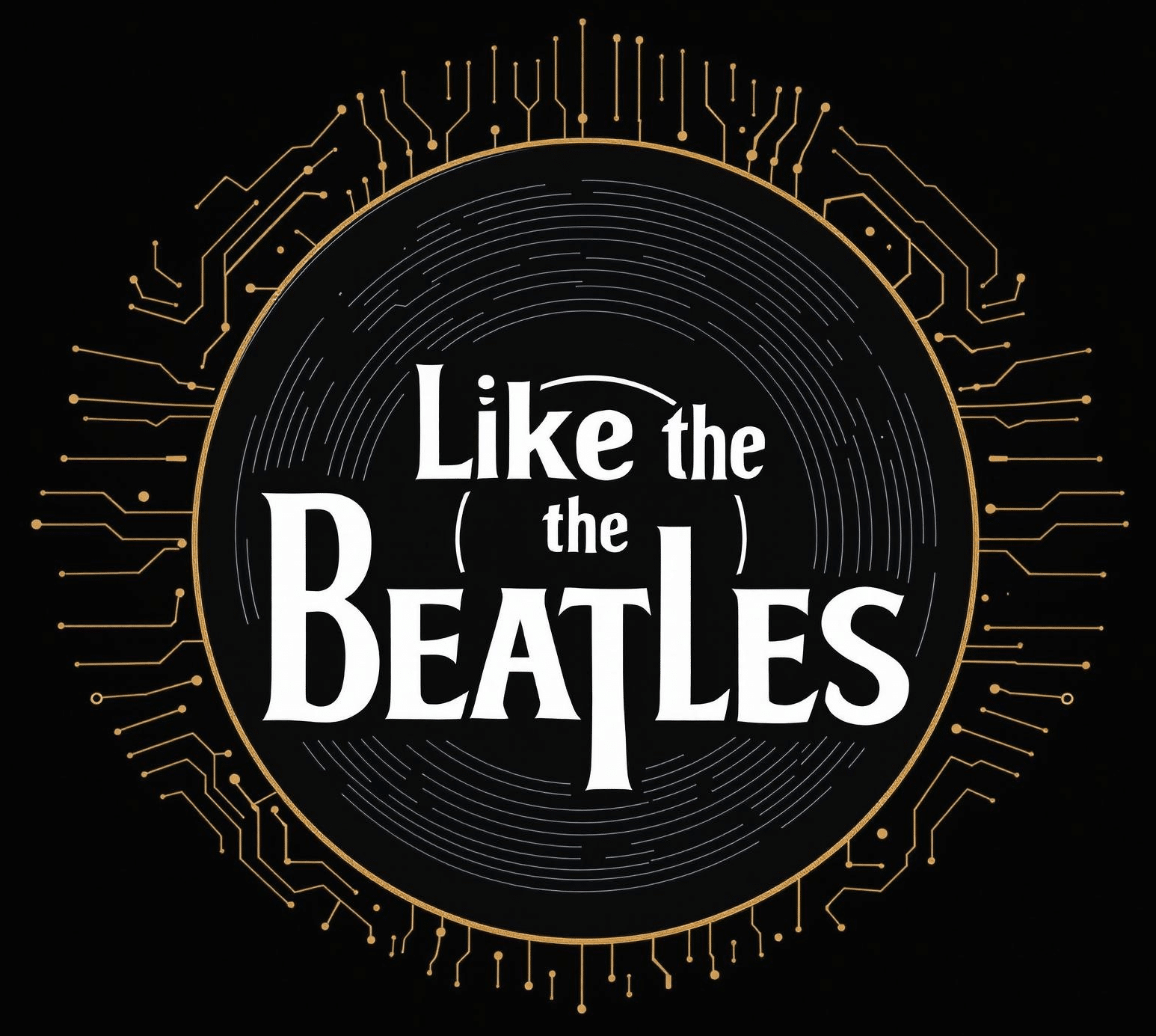With a profound impact on music and culture, The Beatles transformed the landscape of the 1960s and beyond. Join me as I explore their incredible journey, from their modest beginnings in Liverpool to becoming a global sensation. You will discover the pivotal moments and artistic decisions that defined their path and influenced generations. Whether you are a lifelong fan or just starting to learn about their legacy, understanding these 10 steps will deepen your appreciation for their enduring influence.
The Formation of The Beatles
For most iconic bands, their beginnings are just as fascinating as their successes. The Beatles’ journey started in Liverpool during the early 1960s, as a group of young, ambitious musicians sought to leave their mark on the music scene. With a blend of talent, passion, and the right influences, they would go on to reshape the landscape of popular music, transforming from a local act to a worldwide phenomenon.
Early Influences
With the backdrop of post-war Britain, the early influences on The Beatles were multi-faceted. Artists such as Elvis Presley, Chuck Berry, and Buddy Holly fueled their musical passions. The British skiffle craze also played a role in shaping their sound, as they experimented with various genres and styles, paving the way for what would eventually become their unique identity.
Original Lineup
About The Beatles’ original lineup: it consisted of John Lennon, Paul McCartney, George Harrison, and drummer Pete Best. This combination of musical talents offered a rich tapestry of creativity, as each member brought something unique to the table. Their youthful energy and shared vision allowed them to create the early sound that would resonate with countless fans.
But things were far from simple in the beginning. John Lennon, with his wit, and Paul McCartney, with his melodic sense, created a dynamic fusion. Meanwhile, George Harrison added depth with his unique guitar work. However, Pete Best’s role as drummer was marked by controversy and eventually led to his replacement by Ringo Starr, which solidified the band’s more enduring identity. This transition was just one of the many transformations that underscored the band’s journey from a local sensation to cultural icons.

Rise to Fame
Some might say that the journey of The Beatles was defined by key moments that led to their legendary status. Emerging from Liverpool, their early performances laid the groundwork for immense popularity. As they honed their sound and style, they caught the attention of the music industry, which ultimately shaped their trajectory towards success.
First Major Record Deal
Against all odds, The Beatles secured their first major record deal with Parlophone in 1962, thanks to the persistence of their manager, Brian Epstein. This milestone not only validated their talent but also set the stage for their future breakthroughs in the industry.
Breakthrough with “Love Me Do”
Beside the excitement of their record deal, the release of “Love Me Do” in October 1962 marked a turning point for The Beatles. This catchy tune introduced their unique sound to the broader public and showcased their potential to revolutionize pop music.
Rise to fame was not merely about the release of a single; it was a moment that signaled the birth of a cultural revolution. With “Love Me Do,” The Beatles delivered a fresh, infectious sound that resonated with audiences. The single reached number 17 on the UK charts, igniting their popularity and paving the way for future hits. The buzz around the band grew, showcasing their charisma and talent and marking the beginning of an unprecedented journey in music history.
The Beatlemania Phenomenon
Now, the mid-1960s marked an explosive wave known as Beatlemania, a fervor that swept across the globe and transformed The Beatles into a cultural force. Fans, often referred to as “Beatlemaniacs,” exhibited a zealous devotion that included screaming, fainting, and a relentless pursuit of anything related to the band. This phenomenon not only changed popular music but also sparked a shift in celebrity culture and fan behavior.
Fan Culture and Media Attention
Between the ecstatic crowds and relentless media coverage, Beatlemania created a unique fan culture characterized by an insatiable appetite for all things Beatles. Newspapers and magazines published countless articles, while radio stations played their music on repeat, further fueling the fans’ passion. This unprecedented media attention solidified The Beatles’ status as icons and inspired a new generation of artists and fans.
Touring and Live Performances
For The Beatles, touring and live performances were pivotal in cultivating their image and relationship with their audience. They quickly became renowned for their electrifying shows, which often fused tight harmonies with thrilling energy. Fans would line up for hours just to catch a glimpse of the band, demonstrating an intense loyalty that was both exciting and alarming.
Indeed, the band’s live performances were nothing short of a phenomenon, characterized by wild energy and palpable excitement. During their shows, crowds would scream incessantly, often making it nearly impossible for the band to hear themselves play. The sometimes dangerous crush of fans posed serious safety concerns, leading to chaotic scenes that demanded police intervention. Despite the challenges, these concerts were affirming moments of connection and joy, allowing Beatles’ music and charisma to transcend boundaries, uniting fans from all walks of life. As such, their tours became legendary, capturing the hearts of millions around the world.
Musical Evolution
Despite their initial success with simple pop songs, The Beatles underwent a profound musical evolution throughout their career. They transitioned from boyish harmonies and catchy melodies to sophisticated compositions that explored deeper themes and more complex arrangements. This remarkable growth not only showcased their individual talents but also redefined the landscape of contemporary music, influencing countless artists around the world.
Experimentation in the Studio
Beside their natural artistry, The Beatles revolutionized the recording studio as a tool for musical innovation. They embraced new technologies and techniques, collaborating with producer George Martin to pioneer creative methods such as reverse tape effects and unconventional instrumentations. This willingness to explore uncharted territory set them apart and elevated their music to a new, exciting level.
Landmark Albums: From “Rubber Soul” to “Sgt. Pepper’s”
With each successive album, The Beatles consistently pushed boundaries, notably with “Rubber Soul” and “Sgt. Pepper’s Lonely Hearts Club Band.” These albums exemplified their artistic growth, incorporating diverse genres and experimenting with lyrical themes. They transformed the concept of an album from a mere collection of songs into a cohesive artistic statement that resonated with listeners on many levels.
For instance, “Rubber Soul” marked a turning point with its introspective lyrics and folk influences, while “Sgt. Pepper’s” showcased a kaleidoscope of musical styles, creating a cultural phenomenon that redefined popular music. The inclusion of orchestral arrangements, varied instrumentation, and experimental sounds highlighted their innovative spirit and willingness to challenge the status quo. This period of artistic brilliance not only solidified their legacy but also inspired artists across generations, making The Beatles a lasting force in music history.
Cultural Impact
All around the world, The Beatles have left an indelible mark on popular culture, influencing music, art, and society in ways that are still felt today. Their innovative approach to songwriting and album production not only changed the musical landscape but also contributed to a profound cultural shift. The Beatles became symbols of a generation, transcending borders and uniting fans through their powerful messages of love, peace, and rebellion.
Revolutionizing Popular Music
Beside their catchy melodies, The Beatles introduced a new sense of artistry to popular music, encouraging musicians to explore new genres and innovative song structures. They broke the boundaries of traditional pop and rock, experimenting with elements of psychedelia, classical, and even Indian music. This paved the way for future artists to push creative limits, resulting in an evolution of musical expression that continues to thrive.
Influence on Fashion and Lifestyle
By embracing unconventional styles and trends, The Beatles significantly shaped the fashion landscape of the 1960s and beyond. Their long hair, tailored suits, and iconic hairstyles created a cultural phenomenon that inspired millions to express themselves through clothing. Fans began to adopt similar looks, marking a departure from the conservative styles of previous decades.
Another important aspect of The Beatles’ influence on fashion and lifestyle was their ability to challenge societal norms, particularly during the transformative counterculture movement. Their bold choices in clothing and public personas encouraged fans to embrace personal expression and individuality, fostering a new sense of freedom. Moreover, their endorsement of peace, love, and acceptance resonated deeply with the youth of the time, making them not just musicians but cultural icons. As I reflect on their impact, I can see how their legacy continues to inspire not only musicians but also artists across all disciplines every day.
Later Years and Changes
After reaching monumental heights in the music industry, The Beatles began experiencing significant changes in their dynamic during the late 1960s. As their individual interests grew, their collective creative approach began to shift, leading to an inevitable transformation in their artistic output. With new influences and philosophies entering the mix, the band’s individual paths started to diverge, setting the stage for personal exploration and unforeseen challenges.
Individual Pursuits and Side Projects
Behind the scenes, each member of The Beatles began cultivating their unique interests. John Lennon probed into experimental music and activism, while Paul McCartney explored diverse musical styles and even children’s music. George Harrison embraced Indian spirituality and embraced solo projects, while Ringo Starr ventured into acting and solo albums. These individual pursuits laid the groundwork for their personal identities and future careers.
The Breakup of The Beatles
Above all, the cracks in The Beatles’ unity became increasingly visible, culminating in their eventual breakup. As creative differences and personal disputes mounted, the band’s magic began to fade. While many hoped for reconciliation, the individual ambitions of each member led to misunderstandings and tensions that were hard to mend.
Plus, the *split was a significant moment* in music history, marked by a series of *high-profile tensions* and *disagreements*. John Lennon’s desire for artistic freedom, coupled with Paul McCartney’s aspirations for commercial success, created an environment of *friction*. The *public announcement of the breakup in 1970* sent shockwaves through the music world, leaving fans heartbroken. Despite the painful separation, each member went on to achieve *remarkable success* in their solo careers while the impact of The Beatles’ legacy continued to resonate through popular culture.
Final Words
As a reminder, exploring The Beatles’ journey from their early days to a cultural phenomenon reveals not just their musical evolution but also their profound impact on society. I encourage you to explore into each of these ten steps as they highlight how your perception of music and culture can be shaped by the pioneering spirit of this iconic band. By understanding their growth and legacy, you can gain a deeper appreciation for their influence on both the music industry and the broader cultural landscape.
